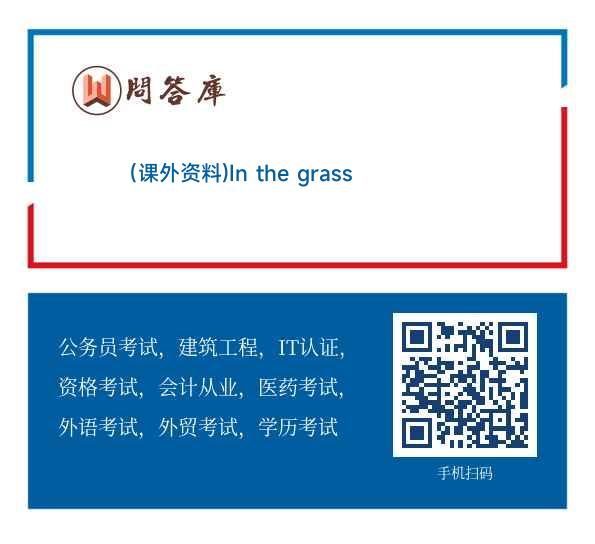(课外资料)In the grass a baby duck was hatched (孵化) out in a college biology lab with
问题详情
(课外资料)
In the grass, a baby duck was hatched (孵化) out in a college biology lab with a backward left foot. At the time, it probably wouldn’t have survived, if Mike Gary didn’t recommend a proper operation to cut off that bad foot.
Months after the healing process, engineers at Novacopy Company produced a 3D printed model that would be used to create a prosthetic (修复的) foot for the duck. Considering that ABS plastics were not flexible enough for this type of exercise, the Novacopy company made a three-dimensionally modeled foot made of silicone, with the hope to create a permanent prosthesis(假肢) for the duck.
It took just 13 hours to produce. This 3D prosthesis demonstrated the 3D technologies can be used not only for human application, but also in foreign subjects such as animals and other medical treatments.
1. Where was the baby duck hatched out?{A; B; C}
A. In a college biology lab.
B. In a back yard.
C. In Noacopy Company.
2. What was wrong with the baby duck?{A; B; C}
A. It didn’t survived.
B. It was born with a backward left foot.
C. Mike Gary cut off that bad foot.
3. Could ABS plastics be used to produce a 3D printed model that would be used to create a prosthetic foot for the duck?{A; B; C}
A. No, because ABS plastics were not flexible enough.
B. Yes, but it could only be produced by Novacopy Company.
C. Yes, because it was made of silicone.
4. How long did it take to create a permanent prosthesis for the duck?{A; B; C}
A. 10 hours.
B. 13 hours.
C. 30 hours.
5. What did the last sentence of this passage indicate?{A; B; C}
A. 3D technologies can be used only for human application.
B. 3D technologies can be used only for foreigners.
C. 3D technologies can be used to human, animals and other medical treatments.
